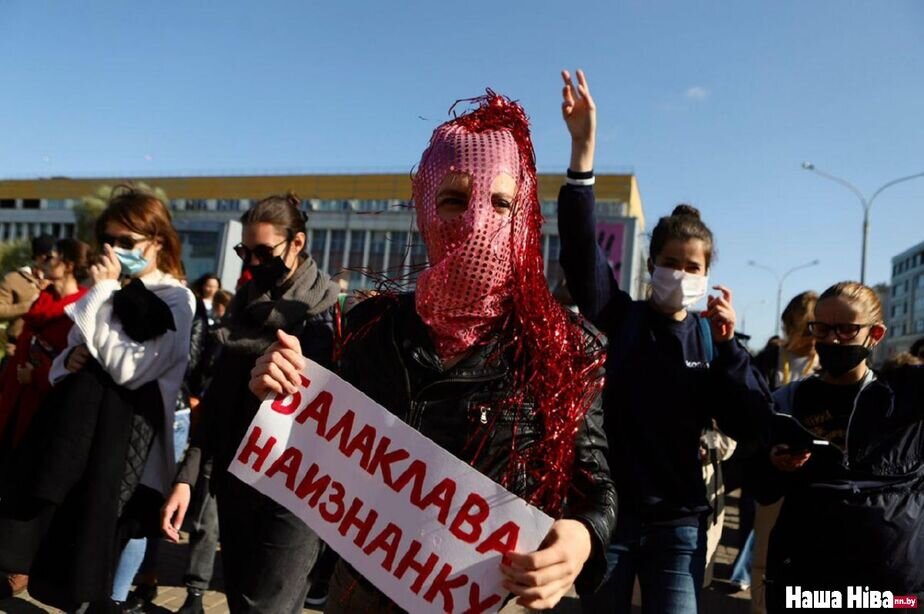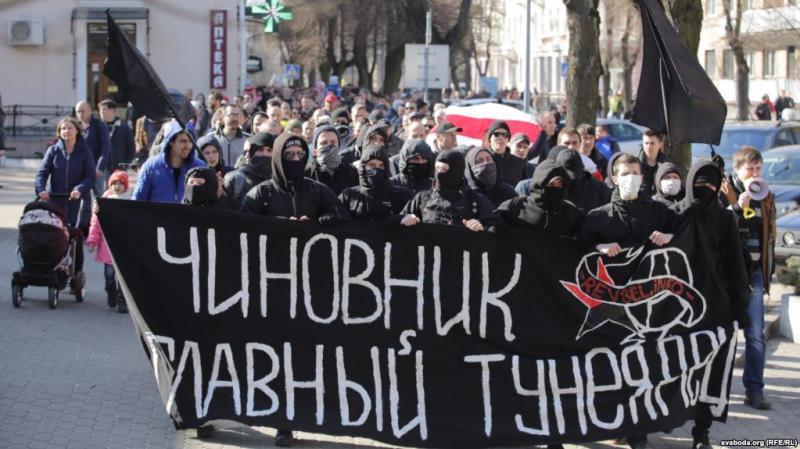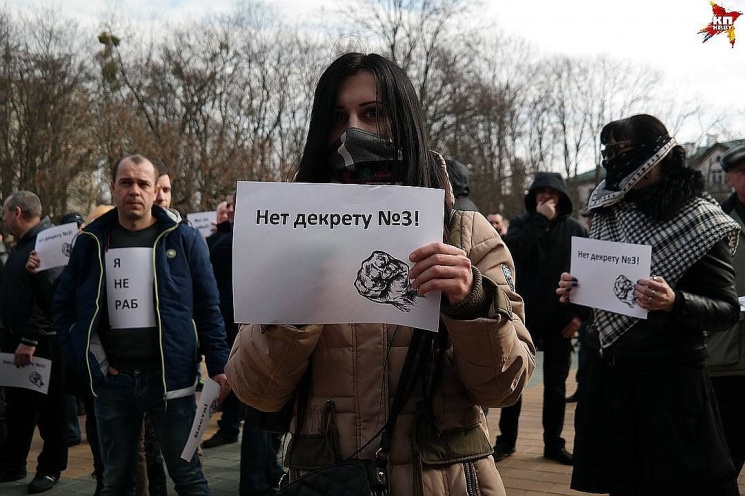Note: this article was updated to include a new tranche of data shared at 20:40 on 20 September
Belarusian hacktivists are increasingly flexing their muscles as protests against self-proclaimed president-elect Alyaksandr Lukashenka enter their seventh week. After at least 390 people were detained on 19 September during the Women's March in Minsk, according to the “Viasna” human rights center, the NEXTA Telegram channel, one of the major coordinators of anti-Lukashenka protests, published
personal data of 1,003 Belarusian Interior Ministry officers involved in the arrests of protesters. 1,039 more from Brest and the Brest Oblast were added at 20:40 on 20 September.
Our regards to the police officers from Brest region who have been extremely brutal today. We've updated our database to include 1000 of you. Enjoy the fame.https://t.co/5teF82ImIR https://t.co/8QualWMbWI
— NEXTA (@nexta_tv) September 20, 2020
On 18 September, the Women's March, called the "Glittering March" because participants were encouraged to wear glittering attire, in Belarus. It was the fourth such one and drew roughly 2,000 participants in Minsk. But, as opposed to the first one, where riot police had not dared to detain protesters, this time, roughly every fifth woman was dragged away to a paddy wagon.












Also detained was the legendary Nina Baginskaya, a 73-year-old grandmother who has become famous with protesters for her ever-present brandishment of the banned Belarusian white-red-white national flag. Although she was shortly released, as it often happened with her before, the police confiscated her flag.


Meet the 73-year-old granny who became an icon of the protests against Lukashenka
The authors of the channel reported that they received information about law enforcement officers “thanks to cyber partisans” and warned that if the detentions would continue, so would the doxing.
"Nobody would remain anonymous, even under a balaclava," NEXTA wrote.
The google table lists the names of employees, their birthdays, duty stations, and ranks. NEXTA asked subscribers to report “facts about the crimes made by specific people on the list, as well as their personal information.”
Separately, NEXTA published the addresses and phone numbers of seven officers from Almaz, the Belarusian anti-terrorist special unit that was deployed against Minsk protesters in August, armed with machine guns, flashbang and gas grenades, and rubber bullets. The Telegram channel blamed the special unit for the death of Alexander Taraikovsky, the first protester to die during protests after being shot.
While addressing the security forces with a demand to release the detainees at the Women's March earlier, Lukashenka's contender Sviatlana Tsikhanouskaya said that “the security officials must remember: Belarusians are ready to de-anonymize those who carry out criminal orders."
“You’ll still have to look into the eyes of your people, whom you are to defend,” Tsikhanouskaya said.
This doxing continues the trend of "de-masking" the riot police, whether in uniform or without. The "siloviki" of Lukashenka's power vertical, who are believed to be a major pillar factor behind his reign, have become increasingly unpopular and are afraid of having their identities exposed.
https://twitter.com/nexta_tv/status/1303360312498958338
This is hilarious! Lukashenko's thug running away from women who ripped his mask off and are beating him with a broom. pic.twitter.com/tkN4AF4ZrD
— Tadeusz Giczan (@TadeuszGiczan) September 12, 2020
Lukashenka's security services behave like criminal gangs. I don't want to compare to Germany of the 1930s but it's getting close to it. People are trying to rip off masks. Seemingly, they are afraid of being identified. pic.twitter.com/1a5IL1nDxy
— Franak Viačorka (@franakviacorka) September 12, 2020
Earlier, a "Black Book" project to gather personal data of "siloviki" was launched in Telegram.
Protests against rigged elections in Belarus, where Alyaksandr Lukashenka claimed a sweeping victory, started on 9 August and have continued ever since, joined by a nationwide strike movement. They have been marked by mass detentions and reports of torture at detention centers. At least two protesters have been killed. The excessive use of violence by Belarusian riot police has been criticized internationally.
According to the Viasna human rights center, the total number of activists, bloggers, and protesters detained before the 9 August election was 1,700; after the election - some 12,000. That's nearly 14,000 this year, an unprecedented number:
On 17 September, members of the European Parliament adopted a resolution rejecting the official results of the “so-called presidential elections” in Belarus, welcoming the recently established Coordination Council as an “interim representation of the people demanding democratic change” in Belarus, reiterated calls for new, free and fair elections to take place as soon as possible under international supervision, and called for sanctions against the Belarusian regime.
Most members of this Coordination Council are currently jailed or expelled; Sviatlana Tsikhanouskaya, who the protesters believe is the real winner of the presidential election, left Belarus against her will, while her senior associate Maria Kalesnikava is currently jailed after having resisted a forced deportation to Ukraine.
Lukashenka jails and expells all opposition leaders but Belarus protests show no sign of decline
A parallel vote count has revealed that Lukashenka's claimed 80.1% victory is statistically impossible:
How Alyaksandr Lukashenka stole the Belarus presidential election
Read also:
- Lukashenka’s riot police powerless against 10,000-strong women’s march | Photos
- Flowers stronger than guns as “Ladies in White” protests spread throughout Belarus
- Why are protesters in Belarus using the white-red-white flag?
- An introduction to the White-Red-White flag of Belarus, and the Belarusian politics of memory
- Belarusian police awarded for brutality against peaceful protesters
- “It feels like we live in the Middle Ages.” Screams of tortured Belarusian protesters recorded near prison
- Chilling testimonies of police brutality, humiliation & “re-education” amid vicious crackdown on Belarusian protesters





